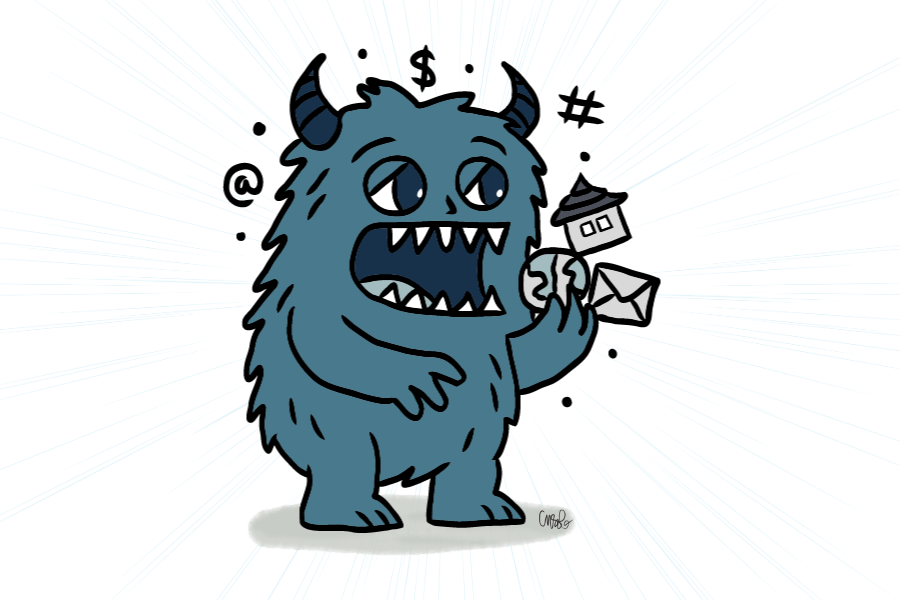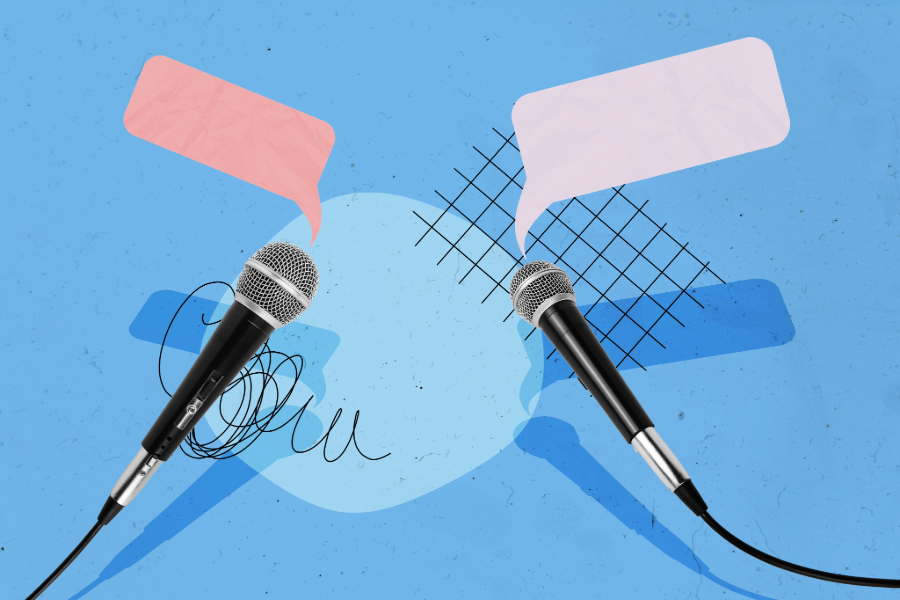Does Your Business Have a Copycat?
Decide Whether to Confront or Collaborate.
Is another company copying your logo, brand, product, or service? In business, as in life, imitation is an annoying reality. Businesses may see their imitation (version 2.0) as an improvement or as a way to do it better. Some may copy you because they view your business as a competitive threat.
While “imitation may be the sincerest form of flattery,” wrote Gary Hamel and C.K. Prahalad, “it will not lead to competitive revitalization.” This is true, as long as you establish a foundation to protect your valuable intangible assets and define a strategic approach for collaboration within your industry.
Merriam-Webster’s definition of a copycat (noun) is:
1: one who imitates or adopts the behavior or practices of another
2: an imitative act or product
Theodore Levitt describes corporate copycatting as innovative imitation. In 1966, he wrote:
"Would-be imitators sit carefully on the sidelines to watch the innovative product’s fate. If it seems finally to take off, they then begin to make their own moves."
This statement is directed at large, international corporations like Canon, Xerox, Unilever, and Procter & Gamble, but small and medium-sized businesses still need to proactively protect their brand reputations and differentiate their products and services from the competition.
So, How Does a Smaller Business Protect Itself?
Start by considering:
Has your firm trademarked its logo, business name, and/or slogan?
Does your business have original intellectual property to protect through patents or copyrights?
Do you have a budget to successfully defend these valuable assets from copycats?
The ability of smaller businesses to successfully defend against a copycat may require non-traditional approaches.
Collaborate:
You need to know your industry – its structure, key players, and products – to determine whether defending your brand is an appropriate course of action. A preemptive discussion with competitors about the perceived infringement or copying of your brand, product, or service may resolve the problem. This collaboration might lead you to rename your product brand to better differentiate it from competing brands, which is a win-win. Entrepreneur Magazine takes a close look at the craft beer industry for examples of successful brand-name collaborations that avoid legal litigation.
Confront:
Some choose to call the copycat out on social media. The success rate of this action depends on several factors: your following and the degree to which you have protected your firm's intellectual property. It also depends on the structure of your industry - are you a small fish in a sea of bull sharks? Or, are you dealing with another, smaller fish (as in the craft beer industry example)? Your business's following (i.e., the number of followers, degree of customer loyalty, strength of the company and brand, etc.) will dictate the effectiveness of your social media campaign to call out your copycat.
If you have protected your intellectual property, you can and should enforce your claim to fame. Otherwise, you may lose the value of your trademarks or patents, both legally and from a brand reputation standpoint.
Key Takeaways:
By protecting your brand's intangible assets, you are creating additional value for your firm. You are also improving your corporate valuation by the time you are ready to sell your company.
To stay on top of potential infringement, set up Google and other search alerts for your key brand names and slogans, whether or not they are trademarked. Similarly, set up alerts for your social media and follow your branded hashtags and relevant industry hashtags to keep your finger on the pulse of new trends and events in your industry.
Whether or not you have a trademarked brand name, always attach your logo to any original photographs or stock images you use in the public domain. Every single picture you use should represent you and your brand(s). By branding your images, you ensure that, no matter how your media is shared on whichever platform, your graphic content will always represent and can be traced back to YOU.
Businesses should proactively collaborate within their industry and defend their existing trademarks with legal action if they own ‘live’ trademarks. According to attorney Jo-Ná Williams, “every time you find someone using your mark without your authorization, it is time to send him or her a ‘Cease and Desist’ letter, also known as a ‘Take Down Notice.’ This letter puts that person on notice that you own the mark in question, and they are required by law to remove any infringements from their websites, servers, products, or services.”
Nicholas Carr argues that “a defensible point of differentiation is one that is resistant to rapid competitive replication. Defensible doesn’t mean permanent; competition eventually erases all differences. What’s important is to be able to sustain the differentiation long enough, at least to offset the up-front costs and risks of innovation.” An up-front investment in trademarking, especially for smaller businesses focused on brand reputation, will go a long way in helping you differentiate your business, build brand equity, and defend your corporate reputation.
Helpful Links:
Before you apply, you should search the USPTO's trademark database (Trademark Electronic Search System, or TESS) to see if any trademark has already been registered or applied for that is similar to your trademark, used on related products or for related services, and is live.
Elevate Next is a digital marketing and management consulting company that would be more than happy to discuss your company’s competitive issues and help you find the best solution for your company. Contact us today!
References: Schomer, Stephanie. Calling Out Your Copycat. Entrepreneur. April-May 2020. Pgs. 26-27.





Big tech may be sinking deeper into internet ‘enshittification,’ but not every platform is following that path. Patreon CEO Jack Conte argues that the internet can still be a place where creativity, community, and genuine human connection come first. By designing algorithms that fund art - not ads - and keeping humans, not engagement traps, in control, platforms can provide a healthier digital ecosystem.